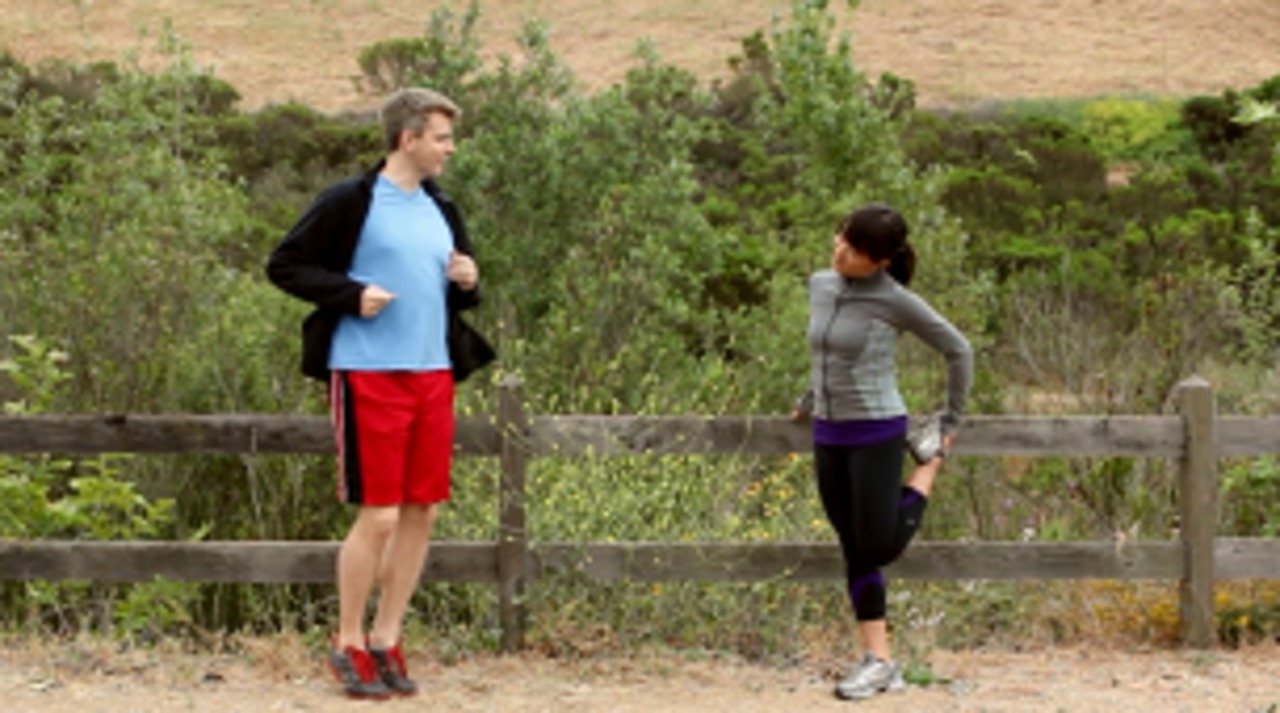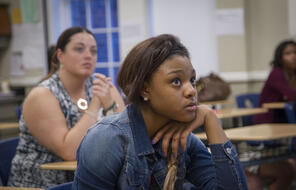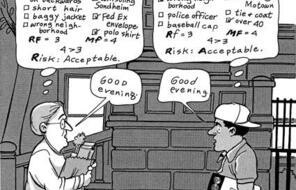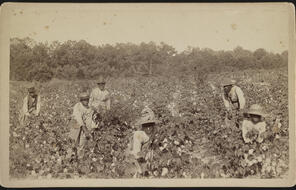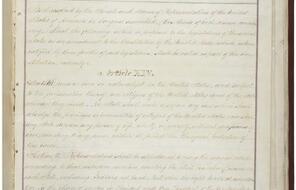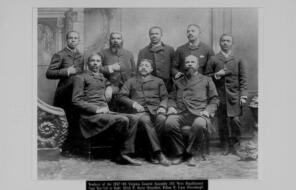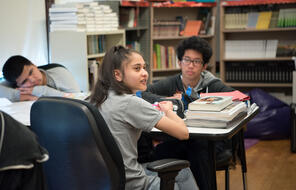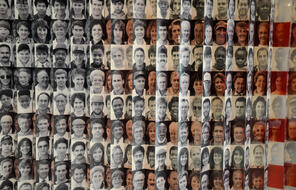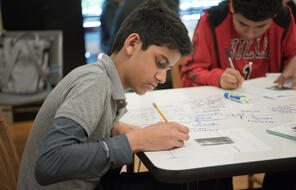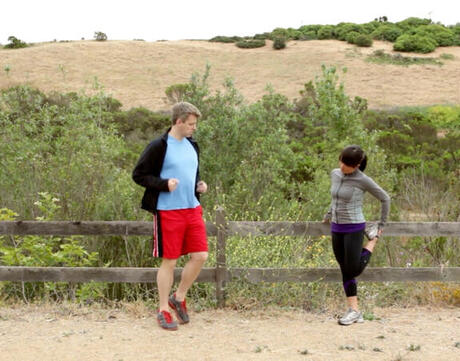
Identity and Labels
Duration
One 50-min class periodSubject
- Social Studies
Grade
7–12Language
English — USPublished
Overview
About this Lesson
In the last lesson, students looked at different factors that can shape our identities. In this lesson, students will explore more deeply one particular influence on our identities: the assumptions others make about each of us and the labels they use to describe us.
Throughout our lives, people attach labels to us, and those labels reflect and affect how others think about our identities as well as how we think about ourselves. Labels are not always negative; they can reflect positive characteristics, set useful expectations, and provide meaningful goals in our lives. Often, however, the labels that we use to describe each other are the result of unfounded assumptions and stereotypes. We regularly apply labels to people whom we barely know or have never even met, and the same is done to us. Thus, for good or for bad, labels represent an influence on our identity that is often beyond our control.
The goals of this lesson are to provide students with the opportunity to explore some of the ways we use labels to identify each other and to consider the ways that those labels affect how others think about us, how we behave, and how we think about ourselves. By better understanding the effects of labels and stereotypes in their lives today, students may reach a better understanding of how similar ideas influenced Americans, and characters in American literature, in the past.
Lesson Plans
Activities
Materials and Downloads
Quick Downloads
Download the Files
Get Files Via Google
Unlimited Access to Learning. More Added Every Month.
Facing History & Ourselves is designed for educators who want to help students explore identity, think critically, grow emotionally, act ethically, and participate in civic life. It’s hard work, so we’ve developed some go-to professional learning opportunities to help you along the way.
Exploring ELA Text Selection with Julia Torres
On-Demand

Working for Justice, Equity and Civic Agency in Our Schools: A Conversation with Clint Smith
On-Demand

Centering Student Voices to Build Community and Agency
On-Demand


